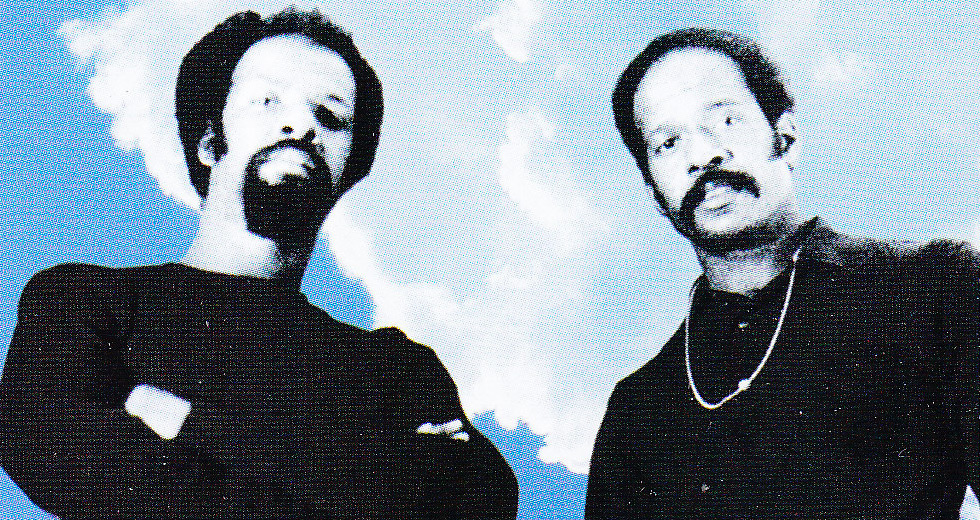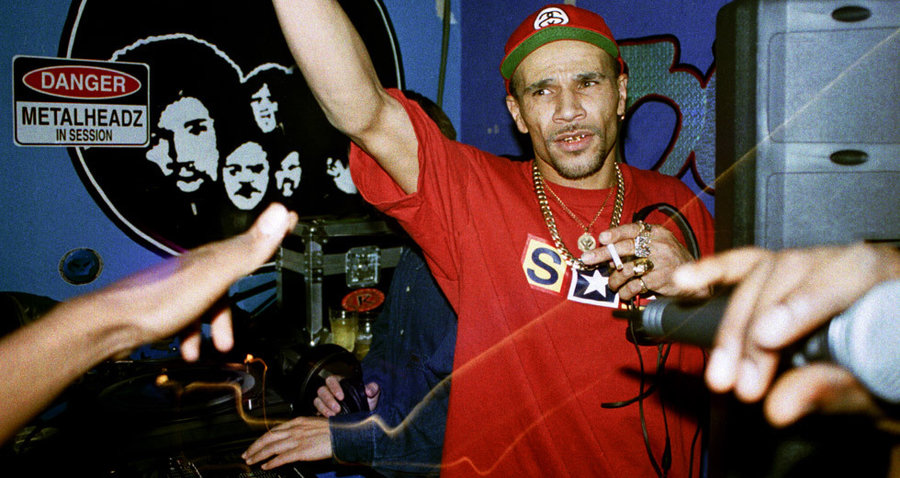Gearbox Records: The Story So Far
As jazz transforms itself once again in the popular consciousness, Stewart Smith heads to London’s Gearbox Records studio: mastering, recording and re-imagining classic and new jazz
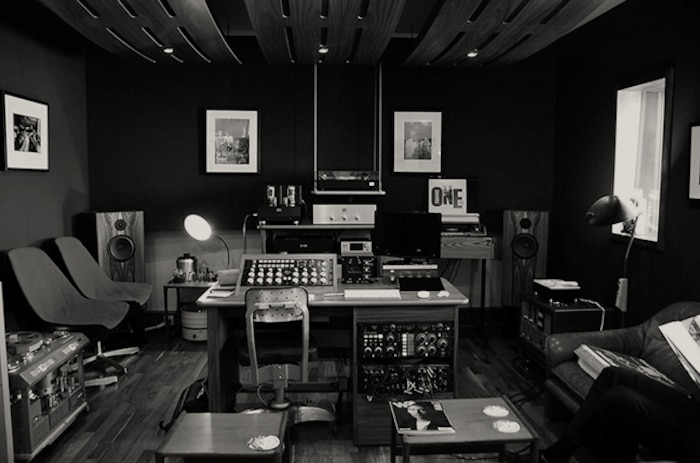
“Is that…?”
My voice trails off in mid-flow as I try to process all that stands before me: a shelf full of ¼” tapes bearing unreleased recordings from ’60s Danish radio and Ronnie Scott’s famous Soho jazz club. Bulging eyes scan the faded handwriting on the brown cardboard spines: Sonny Rollins, Yusuf Lateef, Albert Ayler. This is the mother-load.
These reel-to-reel treasures are stored at Gearbox Records’ studio, a small space within an unassuming grey building, in a Victorian industrial estate a short bus ride from London’s Kings Cross station. It’s here where Darrell Sheinman and his team master archival tapes and new live recordings onto vinyl. The main room, with its ’60s furnishings and vintage gear, is a dream hybrid of the BBC Radiophonic Workshop and some boho pad from Donald Cammell and Nic Roeg’s Performance.
The burgundy fabric lined walls are hung with original prints by legendary jazz writer and photographer Val Wilmer, while the shelves hold an eye-watering collection of rare LPs on Blue Note, Impulse and other prestige labels. You needn’t be a gear freak to gape in wonder at their rare Studer valve tape machines and ’67 Haeco Scully lathe, an oddly beautiful metal hulk which is key to the label’s high quality sound.
Sheinman dons a grey anti-static coat (“they’re not just for looks!”) to oversee a test pressing of a ‘68 live set by British saxophonist Tubby Hayes: his tenor tears through Coltrane-like modes over Louis Stewart’s feverish guitar voicings and Spike Wells’ hard, swinging drums. The sense of space and presence in the recording is palpable. Every snare hit and sax phrase moves the air around us.
This music has since been released as Live at the Hopbine 1968 Vol. 1, the latest in Gearbox’s series of lovingly produced British jazz rarities. Hayes, who died at the age of 38 from heart problems exacerbated by heavy drug use, would have turned 80 this year. The album, along with Simon Spillett’s biography and a forthcoming documentary, forms a key part of the anniversary celebrations.
“Tubby was just unique,” says Gearbox marketing manager Adam Sieff. “He tried and succeeded to push boundaries, and add unperceived textures within a hard bop and band framework. His life was pure rock ’n’ roll babylon and the tragedy of his short life makes his work even more resonant today.” For Sieff and Sheinman, artists such as Hayes and his contemporary Joe Harriott prove that from around ‘63, British jazz could be “swinging, modal and open-sounding, with its own strong identity as opposed to the mainly pastoral version of US hard bop it had previously been.”
Founded by Sheinman in 2009, Gearbox has been able to give this lively but often overlooked period in British jazz the treatment it deserves in large part thanks to its relationships with the British Library, the BBC and the late pianist Michael Garrick, all of whom have provided unreleased recordings. The records are mastered from the original tapes and lovingly packaged in stylish period sleeves by designer Al Foulkes (“He’s our Reid Miles” says Sieff, in reference to the iconic Blue Note designer).
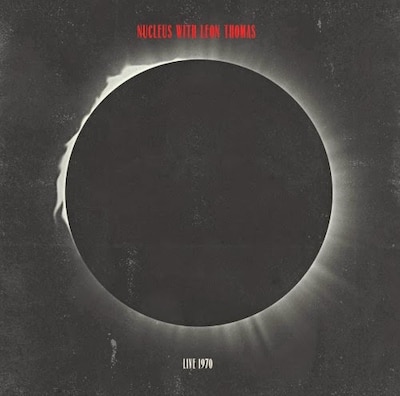
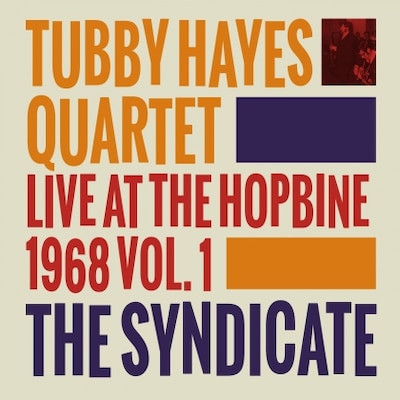
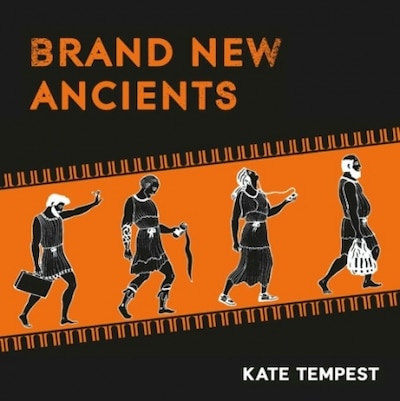
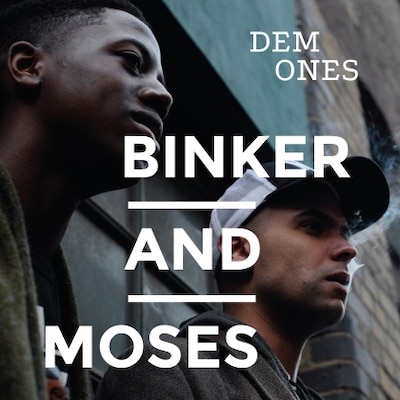
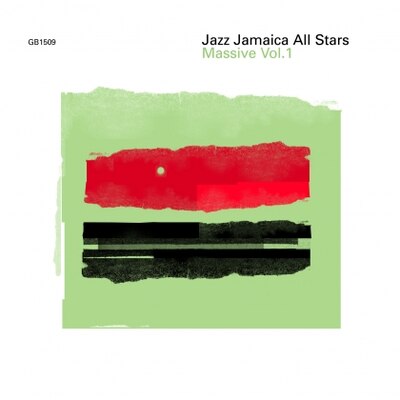

Sieff is keen to emphasise that Gearbox is not a reissue label: “We’re only interested in recordings that have been previously unavailable, and of high quality and interest.” These heritage releases are “the silver thread running through the label,” as Scheinman puts it, but Gearbox also works with new artists in jazz, folk and electronica, recording them straight to tape from the live room of Mark Ronson’s Zelig studio, which is just through the wall. “Ronson wanted to use our cutting facility,” explains Sieff, “so we decided that when he was getting his room built, we’d link the two rooms up.”
Dem Ones, the debut album from the young London-based saxophone and drums duo Binker and Moses, is a great example of that Gearbox live sound. “That was a really, really nice production. The whole point of that was to have correct microphone placement and as little in the signal path as possible,” says Sheinman. “You can really hear those elements, it’s quite amazing.”
Binker Golding and Moses Boyd are among the new wave of young players on the vibrant London jazz scene. Having watched both players coming up through the ranks, Sieff’s ears pricked up when Boyd told him about his idea for a duo with Golding.
[Binker and Moses] have grown up listening to rap, grime and bass music. There’s a sense of dynamics, grooves and space that comes from living in 21st century London.
“I showed Darrell a small piece of footage and he said that this was one of the most exciting things he’d seen. They touch that nerve - this sense of where things can possibly go. It’s free jazz, but it’s not that free. It’s based on jams, so they know where to start and where to go. I find them really remarkable.”
His faith in the duo is well founded. Saxophone and drum duos invite comparison to the John Coltrane and Rashid Ali of Interstellar Space and while Binker and Moses’s approach is more structured, it does have a similar energy: the saxophonist cycling through hard bop runs and lyrical themes, while the drummer swings and rolls like a post-hip hop Tony Williams. What gives the album its contemporary feel is the sense that these are players who have grown up listening to rap, grime and bass music. It’s not that they’re attempting a fusion, but there’s a sense of dynamics, groove and space that comes from living in 21st century London.
By releasing jazz from the ‘60s to the present day, Gearbox is placed to benefit from renewed interest in the genre. “As jazz picks up again, becomes… I hate to use the term but, naturally hip, people will look back to see where the music came from,” says Sheinman. “The new audience will be made aware of some the great names outside of Miles Davis and John Coltrane, who my 18-year old son knows about but doesn’t know anyone else. I think that young people coming through like Binker and Moses will definitely help. Their recent Deptford Job Centre gig was full of a cross-over audience, so that’s a good thing.”
It’s definitely an exciting time for jazz, I note, with artists like Kamasi Washington blowing up and innovative acts like Sons of Kemet moulding the music of African-Carribean diaspora into new forms. “Jazz is definitely changing course,” says Sheinman. “It’s the time for jazz for sure, in a good way.”
Sieff argues that a lack of support for the music from larger labels has led to artists and smaller labels thinking carefully about what they do: “As long as artists don’t have to kowtow to A&R departments and what they think will sell, the music keeps getting better.” He also credits venues such as Ronnie Scott’s for moving away from the traditional ‘headliner and support act’ format towards a looser approach: in which jams and new collaborations are encouraged, giving emerging players a chance to develop.
“And I think the type of music that’s being played is better,” adds Sheinman. “I tuned out of jazz for quite a while to be honest, because it had become too intellectual and not enough about feeling. It’s got to come from the heart. For a while, we had a period of jazz where that wasn’t happening at all. It was all about stroking your chin and having a think. That’s not what it’s about for me, anyway.”
A funk, jazz and rock drummer himself, Sheinman admits to his own small part in all this. “The previous incarnation of our band used to play exactly this - excuse me – ‘wanky jazz.’ It was great for us to play, a technical showcase, but that’s not what it’s about. You can miss the point about having fun.” “The typical jazz fan thinks like a Millwall football supporter: nobody likes us, but we don’t care,” says Sieff. “But I think jazz should be for everyone. You’ve got Kamasi Washington, who has arrived with the whole Brainfeeder connection. He’s a fantastic example of someone opening the doors. Come on in, you are allowed to listen to this.”
To take the Gearbox gospel to the people, the studio has been hosting kissaten: listening parties inspired by the phenomenon of jazz, classical and rock & roll cafes which sprung up in ’50s Japan as an affordable way for music fans to hear the prohibitively expensive vinyl imports they craved. Every few months, a dozen or so people will squeeze into the studio to listen to the label’s own releases and selections from Sheinman’s vinyl collection, over locally roasted coffee and Nikka whisky from the barrel. They’ve proved so popular that they’ve started to host Gearbox kissaten in larger venues in London.
“There’s a completely different relationship when listening to the vinyl for many people,” says Sieff. “It’s the ritual: taking it out, cleaning it, putting it on, then getting a drink and knowing you’re going to be sitting down and listening to a whole side of music. There’s a definite start and an end point. I think the emotional experience, which is the most important thing you should get from listening to music anyway, is for many people heightened by the whole vinyl experience. It’s more than nostalgia.”
Asked what’s so special about analogue, Sieff jokes, “It’s simple but... because it’s complicated and expensive.”
“In fact, I would argue now that there’s very little nostalgia in it for us,” adds Sheinman. “When you have a 22-year old assistant engineer who’s been brought up in the digital world come along for the ride, and say, ‘Yeah, this is quite interesting,’ you know it’s not nostalgic. He totally supports the digital revolution, the convenience. But if you put the effort in, particularly on the editing side, you really do get a great sound out of analogue.”
Having started the label as a hobby in 2009, Scheinman took the plunge of going full time in ‘12. Sieff, then working for UK label Dune Music and previously the head of jazz at Sony Music in the UK, came onboard shortly afterwards. “I was looking for a vinyl release for the Jazz Jamaica Allstars. I came over one afternoon for a cup of tea and a chat, and it was obvious we were going to get on,” he says. Having also worked as a producer and session guitarist (that’s him on satirical televised puppet show Spitting Image’s ‘86 chart topper, “The Chicken Song”), Sieff brought the extensive music industry knowledge to Gearbox that Sheinman felt he himself lacked. “The funny thing is Adam and I have a connection in that I used to be a punk and some of the stuff that he produced, like Wasted Youth and The Members, I was quite a fan of back in the day,” says Scheinman. “He provided a lot of the soundtrack to my youth.”
Observing the process of mastering the Jazz Jamaica Allstars tapes to vinyl with renowned engineer Ray Staff inspired Sheinman to build his own analogue studio. “It produced such a great result that I thought, ‘This is the way to do it.’ I’d always done my own recordings. Not that it’s related, but I’ve always been into the technical side of audio, so it wasn’t a big leap to learn about mastering. I decided to build a studio to master and produce by myself, with my own equipment.”
Gearbox’s studio began with the Studer C37 tape machine, a rare all-valve model that provides a great analogue source, then a Matalec analogue mastering studio, considered to be the most transparent modern mastering desk. Peter Quvortrup, the owner of audiophile hi-fi manufacturer Audionote, lent Gearbox monitoring equipment and the Scully Lathe. “He had it sitting in a cellar in Brighton, unused and rotting away,” says Sheinman. “He was really upset and wanted to see it used somewhere, so we transported it from Brighton and had it refurbed over the following year.”
Sheinman enthusiastically runs off a list of further gear - Westerex cutting heads and amps, Pultec EQ, URA low and high pass filters – but he’s particularly proud of their rare RCA KU3A ribbon microphone, famously used on Elvis Presley’s classic late ‘50s recordings. Unlike most modern vinyl mastering studios Gearbox does not use a digital delay for monitoring, the idea being to keep the stages in the analogue signal chain to a minimum. All releases are mastered direct from tape or the studio, with digital-to-analogue convertors used only when absolutely necessary.

Asked what’s so special about analogue, Sieff jokes, “It’s simple but – and I’m stealing a joke someone made about vinyl here – it’s because it’s complicated and expensive.” Sheinman laughs, acknowledging Sieff has a point. “But there is a technical reason why valves sound better. There’s a second harmonic issue, which gives a very natural sound. All analogue? Nowadays digital convertors are getting very, very good, so you’re going to struggle to hear the difference. Having said that, there’s something else no one can quite explain for why analogue really just does sound better. Digital has a nice clear glass edge, but there’s something about that natural limiting you get from tape and the bigger sound stage.”
Sheinman is unconcerned by suggestions that the vinyl revival might have reached its peak. “There’s definitely a fast growth, but it’s still only 4½% of the music sales. But it’s not a bubble. It’s only because it’s grown so fast that people think it’s a bubble. I think there’s a bottleneck in the pressing side, which is causing a lot of consternation, and you’ve had naysayers coming out as a result, which is normal. There’s been no investment in this business for 20 years. Hopefully what it now means is that there will be investment, there’ll be an improvement in capacity.” He pauses, adding with a smile, “and just as we manage to solve the problems of capacity, no one will buy vinyl! But no, I don’t think it’s a big deal. It’s helpful when markets have a correction so if it does plateau now, that’s a good thing.”
Although Gearbox has a long list of future projects, including the release of ‘60s broadcast tapes from the Danish arm of Debut Records and a joint venture with Ronnie Scott’s, the advantage of being a small operation gives them the flexibility to take a chance on “the wild cards”, as Sieff puts it. “There will maybe be new young artists, perhaps things we’ve seen live,” he explains. “The great thing is if you see something you think is really good you can just grab it. It’s not like [adopts corporate American voice], ‘How can we put this in our schedule?’”
“There are things that just hit you and you don’t even have to think, ‘Will this sell?’ That’s not the point. It’s just, ‘This is great, it’s got to be heard,’” says Sheinman. “And I think that’s the spirit of the label. It’s got to work straight out of the box.”
